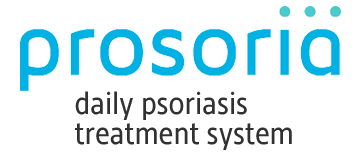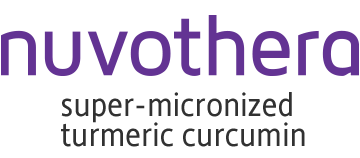
It's increasingly important to understand the cost vs. value of Alternative Treatments for psoriasis. I'm on prescription psoriasis treatment. I inject 4 times a year, at a yearly cost of $60,000. The cost of my treatment is the average salary of a job in the United States. Currently, I have health insurance to cover the burden, but millions do not have insurance or have plans that lack access to certain treatments. The economic impact of psoriasis is steep. In 2015 the National Psoriasis Foundation estimated that the burden totals 135 million dollars combined for the 7 million living with the disease, which has an average out of pocket cost as high as $25,000 for some. In addition to cost, prescription drugs' safety and potential side effects are also a concern for many.
Luckily, there are lower-priced alternative methods for treating psoriasis. Complementary and Alternative Medicine (CAM) a treatment approach that includes natural products and remedies for diseases like psoriasis.
Complementary Treatment is using natural treatments in combination with traditional medicine.
An Alternative Treatment is using natural treatments in place of conventional medicine.
4 Common Complementary and Alternative Medicine (CAM) Treatments for Psoriasis:
Sunlight
This treatment requires an individual to expose their flared skin to sunlight consistently for several minutes each day. Sunlight contains UVA and UVB ultraviolet light. Ultra-violent light works to regulate vitamin D in the body and helps to slow down skin growth minimizing the itch, flaky, patches of dry skin caused by psoriasis. Average Cost: Free. The only cost here is time.
Over-the-Counter (OTC) Topicals
The purpose of most topicals is to keep the skin moisturized. Moisturized skin is a solution to treatment with a domino effect. First, it helps decrease the flakiness, leading to a decrease of itchiness, scratching, bleeding, and cracked skin. Some topicals such as Prosoria, a treatment system for psoriasis, do more than alleviate dry skin. It uses a combination of natural ingredients that restore smoothness and softness of the skin by decreasing cell growth while nourishing the skin to a healthy and psoriasis free state. Average cost: $180-$720 per year (Price varies depending on the frequency of OTC treatment used, and the number of OTC products used, and the average cost per year of all combined.) Prosoria offers everything you need in one system which is more convenient and cost-effective than purchasing different OTC products individually.
Diets
Psoriasis is an inflammatory disease of the skin. For many processed food, refined sugar, red meats, and dairy increase psoriasis severity. Several diets use healthy food options to decrease inflammation caused by the immune system, leading to psoriasis free skin. These options include vegetables (Not including nightshades), fruit, fish, nuts, gain, and omega-3 oils. These foods help to regulate an anti-inflammatory response by decreasing inflammation of the entire body. Average Cost: According to the United States Department of Agriculture (USDA), in 2019, Americans spent about 9.5% of their income on food, so approximately $6,000 per year (Based off the percentage for the average US salary).
Dietary Supplements
Similar to diet, dietary supplements, contain nutrition useful for the body. Some can be used to decrease the inflammatory response in those living with psoriasis. There are many on the market to choose from, and effectiveness varies on the brand and person. According to the American Academy of Dermatology, more people are using dietary supplements. As a result, the American Academy of Dermatology has included alternative medicine, including supplements in their new psoriasis treatment guidelines. One of my favorite supplements is super-micronized turmeric curcumin by Nuvothera. Turmeric has been deemed by the herbal and medical community as one of the best ways to decrease inflammation in the body. Average cost: approximately $60-$450 (Based on average spent on supplements and the average price of turmeric per year)
Understand the role and value of Alternative and Complementary Medicine for treating psoriasis. Alternative treatments typically work slower but come with safer results compared to prescription drugs. Treatment effectiveness and side effects will vary for everyone, be sure to speak with your doctor before starting any CAM treatment.
Written by Alisha M. Bridges. Alisha has lived and thrived with psoriatic disease for over two decades. She is a blogger and health advocate who strives to inspire others with her story of living with a chronic condition. She shares insights and helpful tips from her experiences and holistic approaches to help manage her chronic condition.

